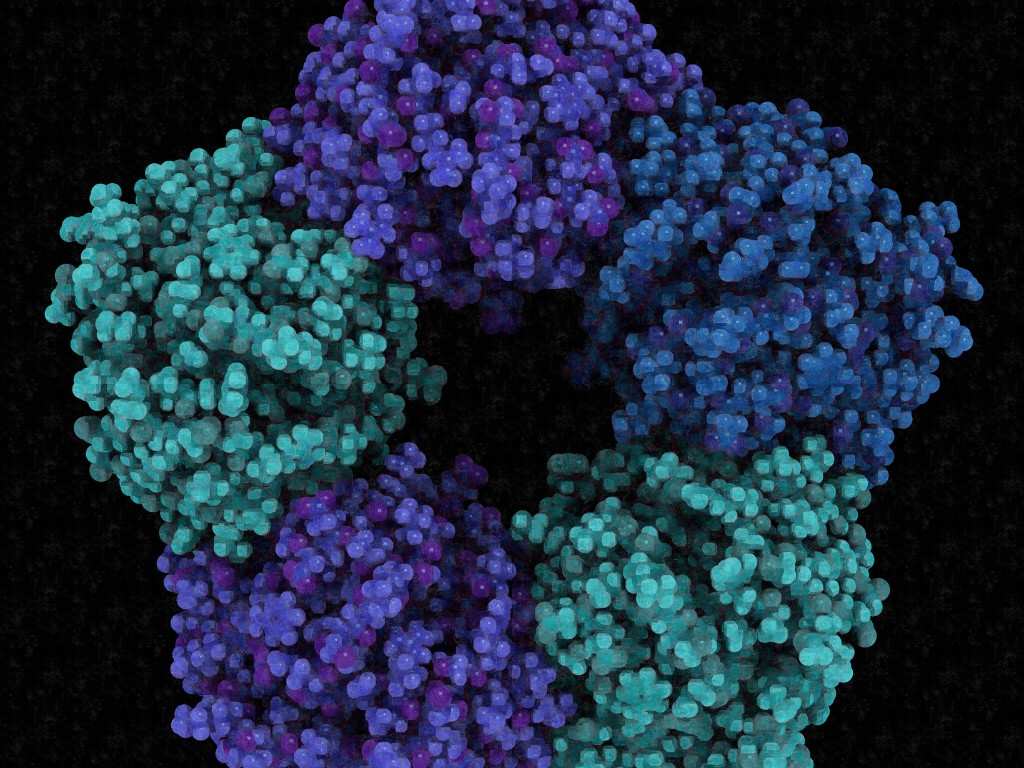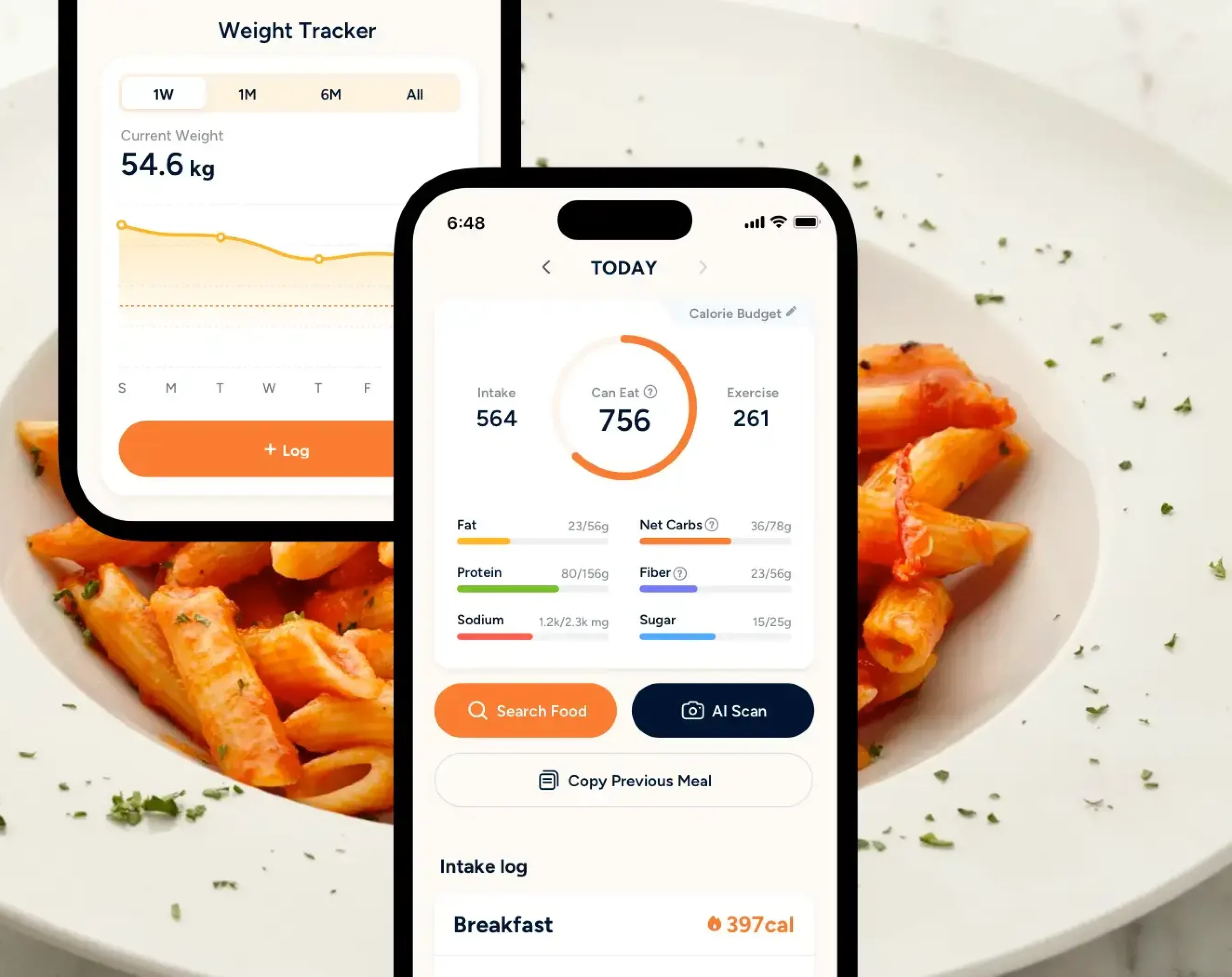Skipping meals or denying yourself from having 3 meals a day may seem counterintuitive when it comes to eating healthy, but intermittent fasting isn’t meant to deprive yourself of food. In fact, intermittent fasting will be able to help you learn what to eat, when to eat it, and how to make use of your appetite and the time you have to eat better.
Key Takeaways
- Intermittent fasting is a diet method where you restrict food for a period of time.
- Common types of fasting schedules include 16/8 method, 14/10 method, 5:2 method, alternate-day fasting, eat-stop-eat, water fasting and dry fasting.
- Intermittent fasting can be beneficial for improving blood sugar levels, reducing blood pressure, decreasing inflammatory biomarkers and promoting weight loss.
- You should avoid fasting if you are underweight, have a history of an eating disorder, are pregnant or breastfeeding, and have a existing health condition.
- When fasting for the first time, try to take it slow, prioritize eating a balanced diet and always listen to your body.
What is Intermittent Fasting?

Intermittent fasting is a popular diet method in which you restrict your food intake for a certain period of time. It can sometimes be referred to as time-restricted eating (TRE) [1]. In recent years, intermittent fasting has been used by individuals to promote their own weight loss, improving their overall health and reducing metabolic risk factors.
How Does Intermittent Fasting Work?
Whenever you eat, your body will convert carbohydrates into glucose, which will then be used as a source of energy. However, doing so regularly may inhibit the body’s ability to burn fat and promote increased fat storage within the body. It can also lead to insulin resistance over time.
Intermittent fasting helps our body to use our fat storage for energy rather than carbohydrates. This is done through calorie restriction for several hours at a time. When you go without eating for say, 10 to 12 hours, your body goes into a ketosis state.
Ketosis is a metabolic process that happens when your body starts burning stored fats instead of glucose for energy. Fatty acids are converted into ketone bodies and then released into the bloodstream so that the body can use them as an alternative fuel source [2], [3].

Smarter Nutrition Tracking
Track calories and over 100 other nutrients all in one place.
Download Eato For FreeTypes of Intermittent Fasting Schedules
There is never one single way of doing intermittent fasting. One person may find it easy to fast for 16 hours and eat within a dedicated 8-hour window, while another person might find it difficult to do the same. It’s perfectly normal to encounter situations like these.
The good news is, there are a few different kinds of intermittent fasting schedules for you to choose from. You can even tweak or adjust it according to what you feel is most sustainable or manageable for you.
The most common schedules include:
| Method | Description |
|---|---|
| 16/8 fasting method | The 16/8 fasting method involves fasting for 16 hours and eating all your meals within 8 hours. |
| 14/10 method | The 14/10 method is similar to 16/8 except that you fast for 2 hours less and have a more flexible eating window. |
| 5:2 method | This approach follows a daily calorie restriction of 500 calories for 2 days of the week and eating normally for the remaining 5 days. |
| Alternate-day fasting (ADF) method | The alternate-day fasting approach involves fasting every other day and restricting your calorie intake to 25% of what you would normally eat. On non-fast days, you will resume eating a regular, balanced diet. |
| Eat-Stop-Eat method | The Eat-Stop-Eat method is a fasting method that involves fasting completely for 24 hours for either 1 or 2 days a week. On the rest of the days, you will eat as per normal. |
| Water fasting | Water fasting involves fasting for a period of time. During a water fast, you are not allowed to eat any food, but you are allowed to consume water during the fasting period. |
| Dry fasting | For dry fasting, it’s similar to water fasting except you are not allowed to eat or drink during the time that you are fasting. |
| One meal a day (OMAD) method | The One Meal A Day method is an approach whereby you will only eat once throughout the day. |
Health Benefits of Fasting
Fasting has been practiced for centuries, not just for spiritual or cultural reasons but also for its positive health impact. There are some claims that fasting can help prevent cardiovascular disease and protect brain health, but current studies and trials have yet to find significant evidence on this.
Here are some potential intermittent fasting benefits with studies to support them:
a) Improves blood sugar levels

Intermittent fasting can help improve blood sugar levels and reverse type 2 diabetes, according to studies.
A 2022 study saw patients with type 2 diabetes achieve complete diabetes remission, which is a blood sugar level of less than 6.5%, even after a year of stopping diabetes medication. It was achieved after undergoing a 3-month intermittent fasting diet intervention [4].
b) Reduces blood pressure
Research suggests that fasting can help lower blood pressure levels.
One study aimed to look at how the 24-hour blood pressure, lipid, and creatinine profiles would be affected by one day of intermittent fasting in hypertensive and normotensive patients who are overweight or obese. Upon the completion of the study, it was found that one day of intermittent fasting had led to a decrease in systolic blood pressure and a slight increase in night diastolic blood pressure [5].
In another review, it was found that alternate-day fasting may help to lower systolic and diastolic blood pressure. A reduction in blood pressure levels was also found for other types of intermittent fasting, such as the 5:2 diet and time-restricted eating [6].
c) Decreases inflammatory biomarkers

Inflammation is a process that happens when the body tries to fight off an infection. It is not the same as chronic inflammation, where your body’s cells continue to send an inflammatory response even when there is nothing attacking the body.
A 2020 meta-analysis found that intermittent fasting plans can help decrease inflammation in the body. Compared to energy-restricted diets, intermittent fasting was found to be a more effective solution in reducing C-reactive protein. C-reactive proteins are inflammatory biomarkers within the body [7].
However, at present, more research is needed to determine whether intermittent fasting helps to decrease inflammation, as results are still inconclusive.
d) Promotes weight loss

In terms of weight management, calorie restriction has always been seen as a primary treatment method for obesity. But intermittent fasting has increasingly been shown to help with weight loss for individuals who may not be able to withstand calorie restriction [8].
Many studies and clinical trials have also shown that intermittent fasting that lasts between 4 to 24 weeks causes body weight reduction of 4% to 10% in overweight individuals [9], [10].

Weight Loss Has Never Been Easier
Get accurate nutrition info instantly. Keep track of your progress.
Download Eato For FreeRisks of Intermittent Fasting

While intermittent fasting promises several health benefits, there are also downsides that can happen with it.
Some common side effects of fasting include [11]:
- Dizziness
- Nausea
- Insomnia
- Headache
- Low blood sugar (hypoglycaemia)
- Low blood pressure
- Weakness
Who Should Avoid Fasting?
Intermittent fasting is not always suitable for everyone to try. You should not try to fast if you fall under these groups of people [12]:
- Currently underweight
- Having or having had a history of an eating disorder
- You are a pregnant or breastfeeding mom
- A child or adolescent
- An older adult
- Those with type 1 diabetes and on insulin
- People with liver cirrhosis
- Those with existing health conditions (e.g., high blood pressure, kidney problems)
Is it safe for women to fast intermittently?
Generally, it is safe for women to go on an intermittent fast unless they are pregnant or breastfeeding, to avoid potential nutritional deficiencies. You should also not go on a fast if you are trying to conceive or if you are a woman with a history of eating disorders [13].
How many hours should a woman intermittently fast for?
A woman should fast for no more than 14 to 16 hours a day. However, women should consider adopting a more relaxed approach to fasting. For example, having shorter fasting days or fasting windows. This is because calorie restriction can affect the menstrual cycle.
Fasting too long or too much can disrupt the reproductive hormones, leading to a higher risk for irregular periods, infertility, and poor bone health, among other potential health effects [14].
5 Tips to Get Started on Intermittent Fasting
1. Choose a fasting method
There are many different variations of intermittent fasting that you can do. If you are new to fasting, you may want to consider doing the 14/10 plan, where you fast for 14 hours and have a 10-hour eating period. If it’s too difficult, you can always decrease the number of fasting hours.
2. Start gradually
This is an important tip to take note of. Don’t be quick to go on a prolonged fast when your body has yet to adjust to the change in eating pattern. Prolonged fasting can cause nutritional deficiencies and side effects like dizziness, fainting spells, nausea, or vomiting.
3. Make sure to stay hydrated
If you’re not dry fasting, ensure that you drink enough water, herbal tea, or unsweetened black coffee throughout the fasting period. Staying hydrated helps to curb hunger and keep your energy levels up.
4. Prioritize eating a healthy, balanced diet
Replace processed foods or even ultra-processed foods with whole foods. By doing so, you’re able to feed your body with more nutrition and be more satiated for a longer period of time.
5. Always listen to your body
If at any time during the fast you start to feel dizzy or unwell, listen to your body and stop fasting immediately. Once you are better, you can go back to fasting and adjust your schedule accordingly.
The Final Takeaway: Fasting for Health
Intermittent fasting is not something that everyone needs to do to lose weight. But rather, it’s just one of the many strategies that can help with weight loss. The best way to approach weight loss is by focusing on healthy eating habits and regular exercise. Prioritise sustainability and advice from a medical professional.
There isn’t only one way to approach nutrition. Everyone has different nutritional needs, which calls for customized eating plans. If you aren’t sure how to approach nutrition, perhaps you may want to consider using the Eato app. Eato makes it simple to track your meals, log calories, and create personalized plans that fit your lifestyle. Try it for free today!

Smarter Nutrition Tracking
Track calories and over 100 other nutrients all in one place.
Download Eato For Free



